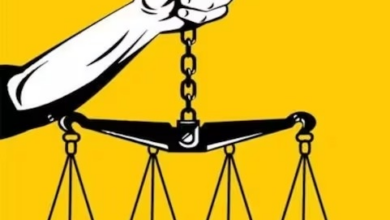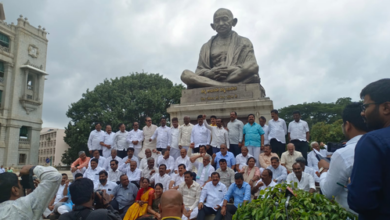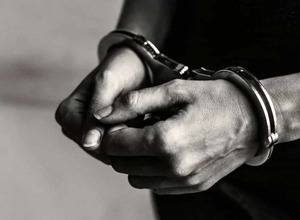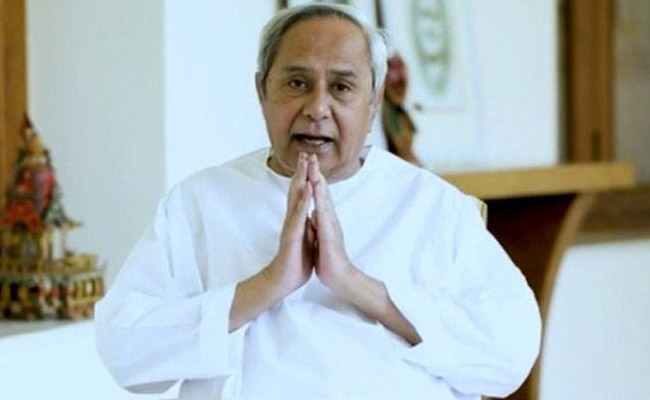What Is ‘Dola Jatra’ In Odisha And How Is It Different From Holi
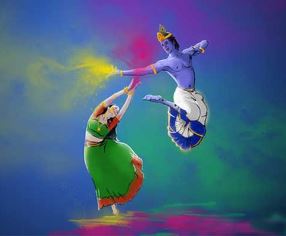
Dola Purnima 2023: Jagannath is worshiped as ‘Dolgobind’ for five days centering on Holi! | Significance of dola purnima.
Dola Purnima is a popular festival in the coastal districts of Orissa. It is celebrated on the full moon day of the month of Falgun (March). Spring is welcomed through the festival and is enjoyed with joy and excitement. This festival is referred to in mythological texts as Basantotsav or spring festival. Dol Purnima or Holi is the most famous spring festival in India. Originally celebrated in March, Orissa has special features. This swing has been in vogue for five days, especially in rural areas. Krishna is worshiped from Dashami to full moon day.
Dola Jatra
During Dola Jatra, the idol of Lord Krishna is carried to all the homes in the village on a decorated Vimana (palanquin) in a procession with Sankirtan Mandali, drummers, singers and musicians.
Each household in the village offers Bhog to Lord Krishna. The people who follow the procession play with Abira (dry colours).
The six-day Dola Jatra concludes on Dola Purnima.
On the final day of the Purnima, the celebration culminates with a swing-festival for the deities.
Dola Purnima
Dola Purnima marks the end of a six-day swing festival of Radha and Lord Krishna. On Dola Purnima, the idols carried in palanquins from many villages assemble at one place called Melana Padia. All the swings are fixed on one platform. The procession is led by village drummers, pipers and the ‘Sankirtana Mandalis’.
In mythology, this festival has been referred to as ‘Basantotsaba’ or the spring-festival. Some scriptures testify that ‘Madanotsaba’, the festival held in honour of ‘Madana’ or Cupid, was later transformed to “Dolatsaba” or swing-festival of Krishna.
This festival marks the onset of spring and is celebrated with fervour.
Celebration at Puri Jagannath Temple
Lord Jagannath is worshipped as Dola Govinda or Krishna during this festival. On the auspicious occasion, the sibling deities are decked up in Sunabesha seated on the Ratna Singhasan. The representative idols of the deities – Gobinda, Bhudevi and Sridevi – will be carried on Dola Vimanas (specially decorated palanquins) to Dola Mandap (alter) on the occasion. The deities and servitors then play Holi by smearing colours on each other, keeping with the tradition.
History
There was a demon king, Hiranyakashyap. He was so egoistic that he commanded everybody in his kingdom to worship him.
But his son Prahlad became an ardent devotee of Lord Vishnu and refused to worship his father. Hiranyakashyap tried several ways to kill his son but Lord Vishnu saved him every time. Finally, he asked his sister, Holika to enter a blazing fire with Prahlad in her lap.
Hiranyakashyap knew that Holika had a boon, whereby, she could enter the fire unscathed.
Holika had to pay the price of his sinister plan with her life. She was not aware that the boon worked only when she entered the fire alone. Prahlad, who kept chanting Vishnu Nama all this while, came out unharmed, as the Lord blessed him for his extreme devotion.
Thus, Holi derives its name from Holika and is celebrated as a festival of victory of good over evil.


